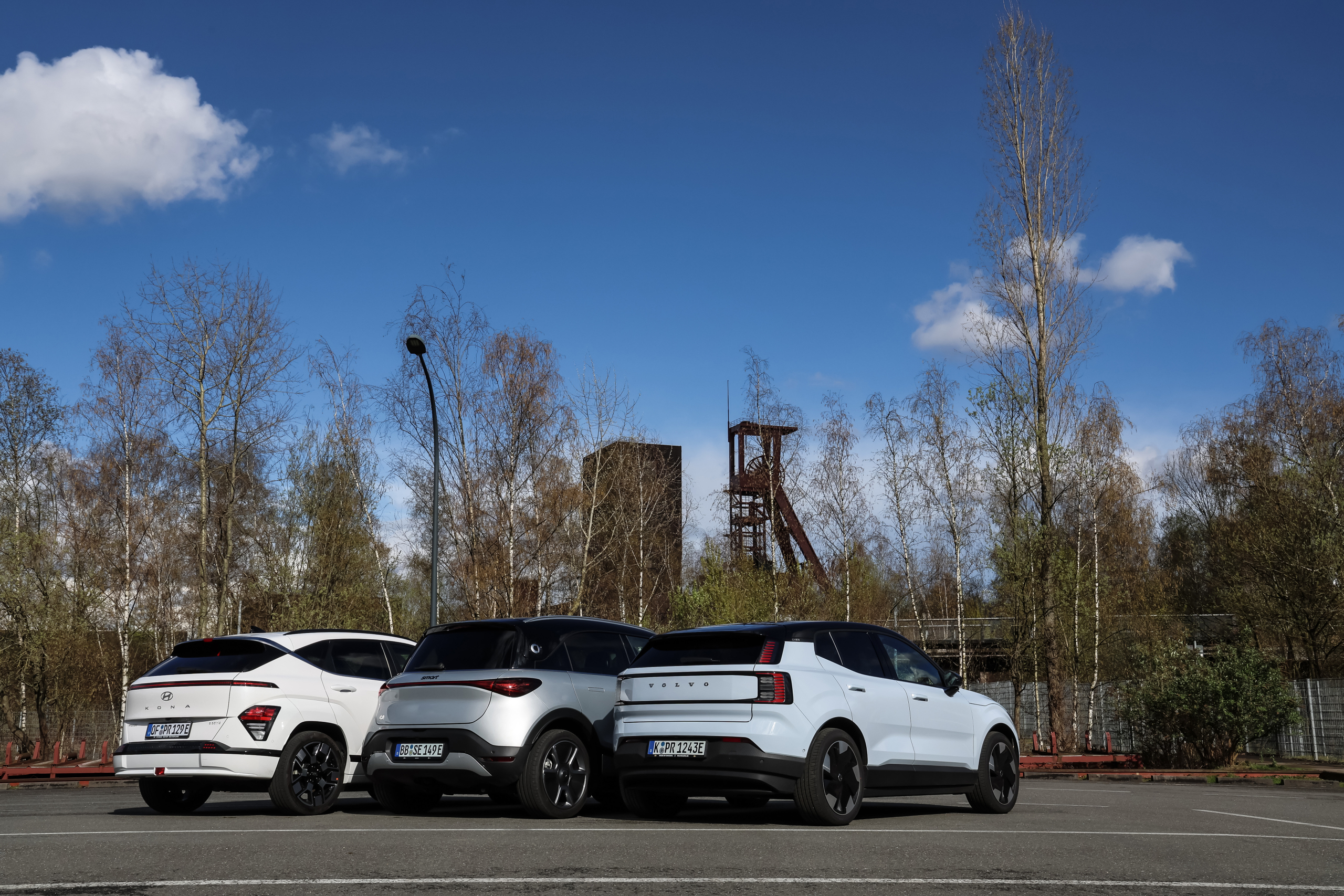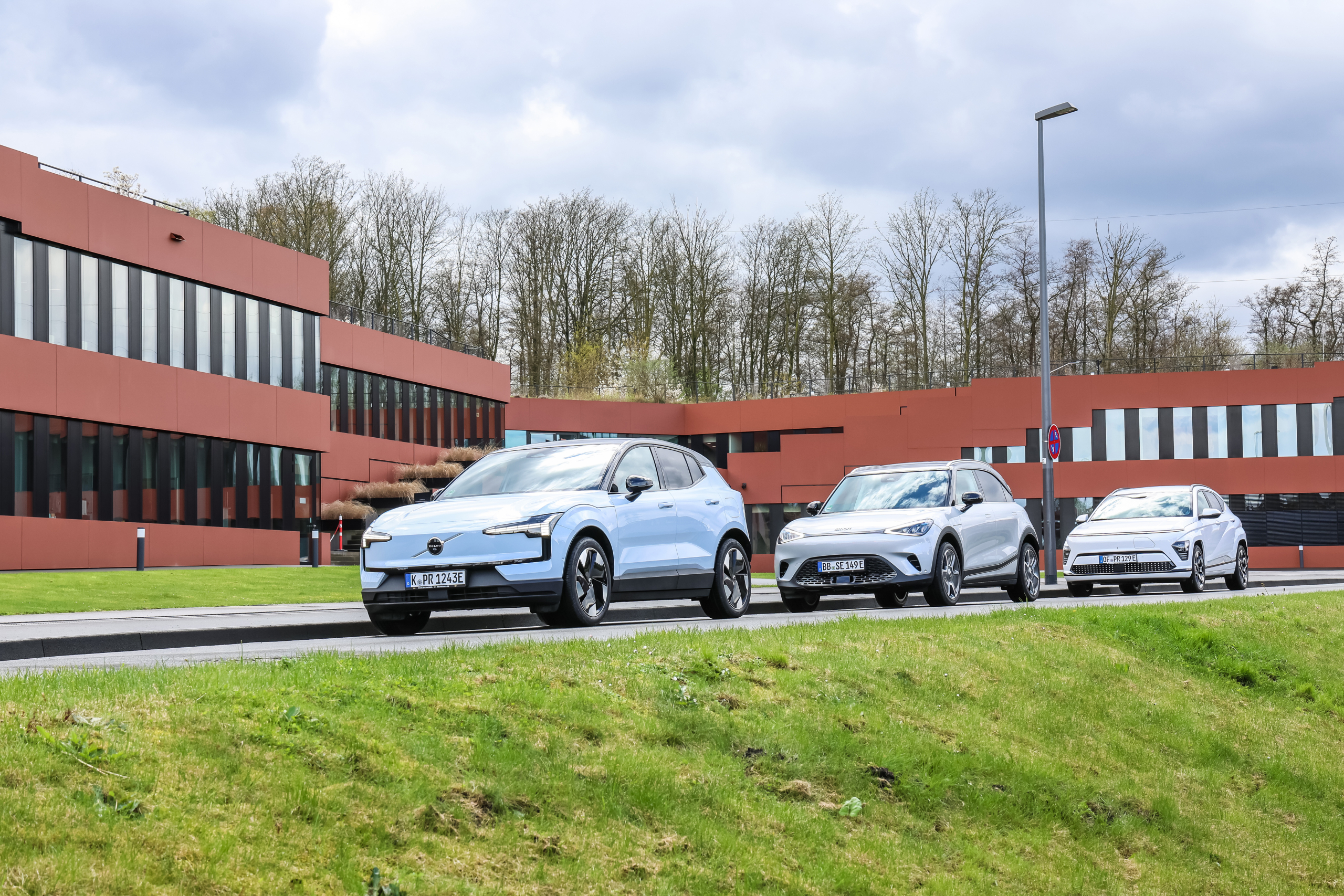There are many arguments for an electric car, and also many arguments against it. With the Volvo EX30, Hyundai Kona Electric and Smart #1 we look at some advantages and disadvantages.
Advantage: consumption in the city
In the city, the advantages of an electric car outweigh the disadvantages. Petrol engines have annoying start/stop systems, slow turbos, automatic gearboxes that do not always shift smoothly or noisy continuously variable CVT transmissions. While in an EV, silence dominates and all the power is immediately available. The three test cars are also quite compact, which is also nice in a big city. And while petrol and diesel engines consume a lot in the city, EVs use their electricity economically.
Do you love cars and do you like to read extensive comparison tests? Then Auto Review is your magazine!
Volvo EX30 fast charging
There are small differences. While the Smart #1 Pro+ and Volvo EX30 Single Motor transmit all their power in a controlled manner via the rear axle Hyundai Kona Electric is more cautious with its power. In addition, he suffers from loss of traction due to his front-wheel drive, which costs him points. Charging at the fast charger is only possible with 102 kW, but in practice you can actually get by with that just fine.

The Kona quickly reaches its maximum charging capacity and its charging curve is nice and constant. The Smart should reach 150 kW, Volvo also claims a charging capacity of 150 kW for the EX30 Single Motor Extended Range. However, in the test this never exceeded 135 kW. More disturbing was that the charging process was interrupted several times.
That doesn’t happen with the Kona Electric. It builds up a lot of range in a short time and fills its battery from 10 to 80 percent in about 40 minutes. That is faster than the Smart #1, which can do it on paper in 30 minutes. The Volvo also usually does not achieve the specified charging time of 26.5 minutes.

Disadvantage: real range of electric car
When the battery is full, the Volvo has a range of between 306 and 368 kilometers – if you drive economically. The Smart consumes more power and in practice has a range between 288 and 352 kilometers. The Kona’s consumption fluctuates between 18.5 and 22.9 kWh per 100 kilometers, which limits its range to 285-354 kilometers.
Advantage: driving pleasure
Petrolheads can’t believe it, but you can have fun in an electric car. This applies to the Hyundai, the Smart and the Volvo. The more finely tuned EX30 is more communicative than the Smart #1, while technically they are the same. The EX30 remains neutral in corners for a long time and is very stable on course.
The faster it goes, the greater the distance becomes between the Volvo and the Smart. The Hyundai cannot connect at all. Dynamics were not at the top of the Kona’s priority list. Its steering provides little feedback and the chassis has difficulty with rapid course changes. Anyone who tries to build up some tension in the Kona is quickly slowed down by a diligent ESP. Too bad for sporty drivers, but on the other hand, Hyundai’s choice is justified. Sportsmanship is simply not a top priority for most drivers.
Source: www.autoreview.nl



